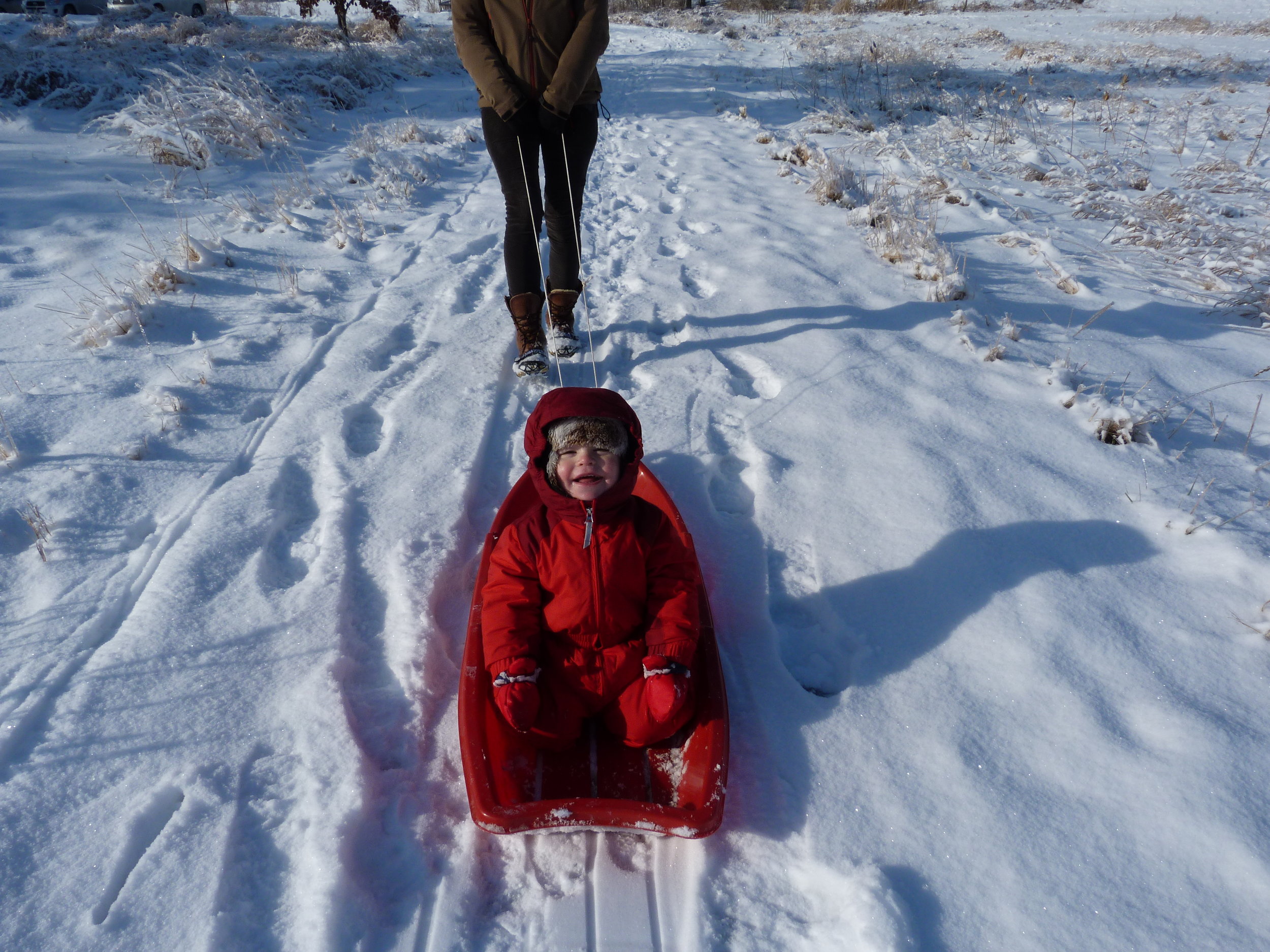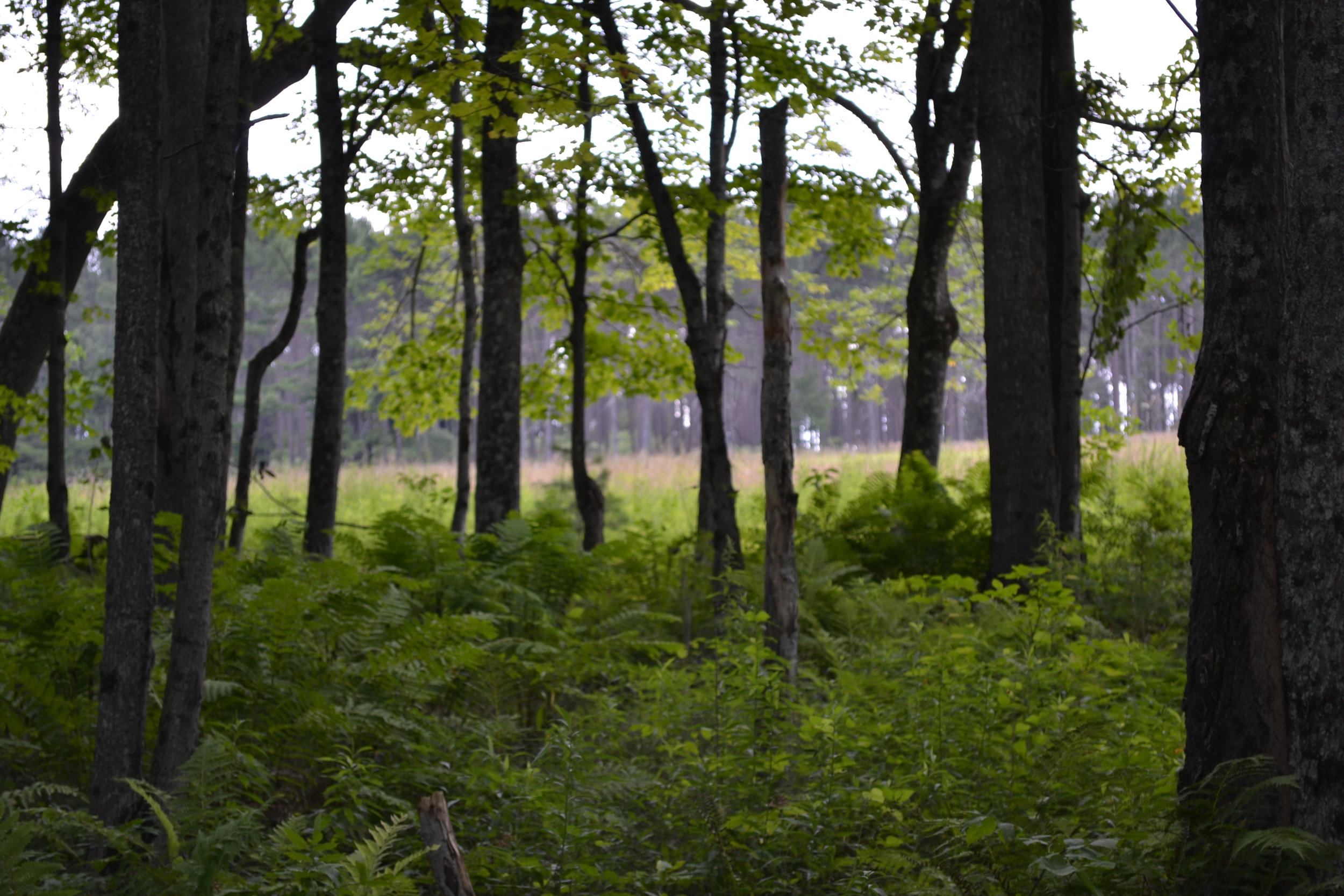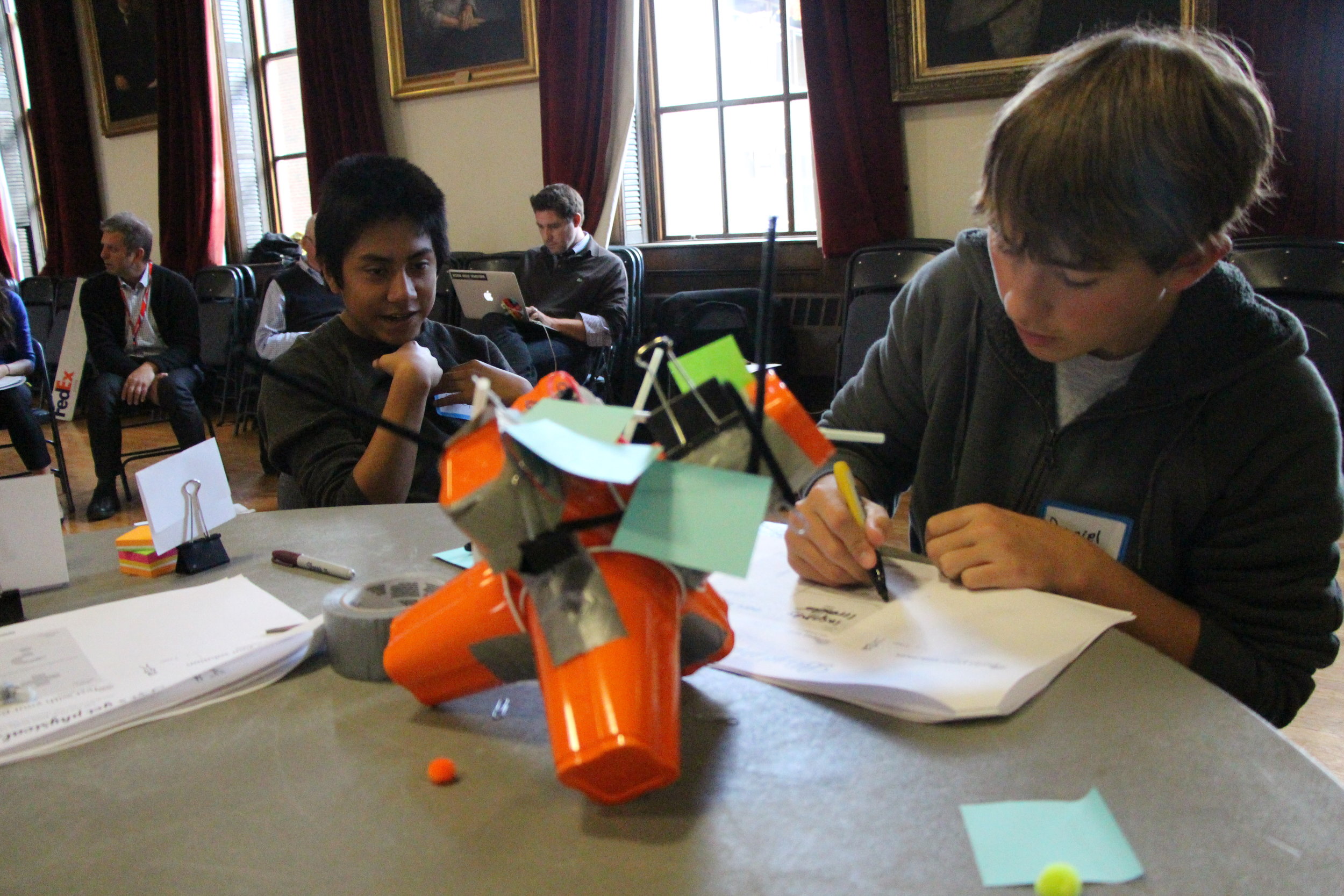 In my last blog, I focused on Moses Brown’s exciting, inaugural school-wide project work, and their MB Challenge. Here, I’ll highlight an experience I had at Moses Brown a few weeks ago with two stellar faculty from the Institute of Design at Stanford, Scott Doorley and Scott Witthoft.
The Scott Duo led a Design Thinking workshop for about 50 Moses Brown students, a mixed group of freshmen to seniors. Their objective was to give the students an experience in generating ideas together...solutions to new problems.
In my last blog, I focused on Moses Brown’s exciting, inaugural school-wide project work, and their MB Challenge. Here, I’ll highlight an experience I had at Moses Brown a few weeks ago with two stellar faculty from the Institute of Design at Stanford, Scott Doorley and Scott Witthoft.
The Scott Duo led a Design Thinking workshop for about 50 Moses Brown students, a mixed group of freshmen to seniors. Their objective was to give the students an experience in generating ideas together...solutions to new problems.
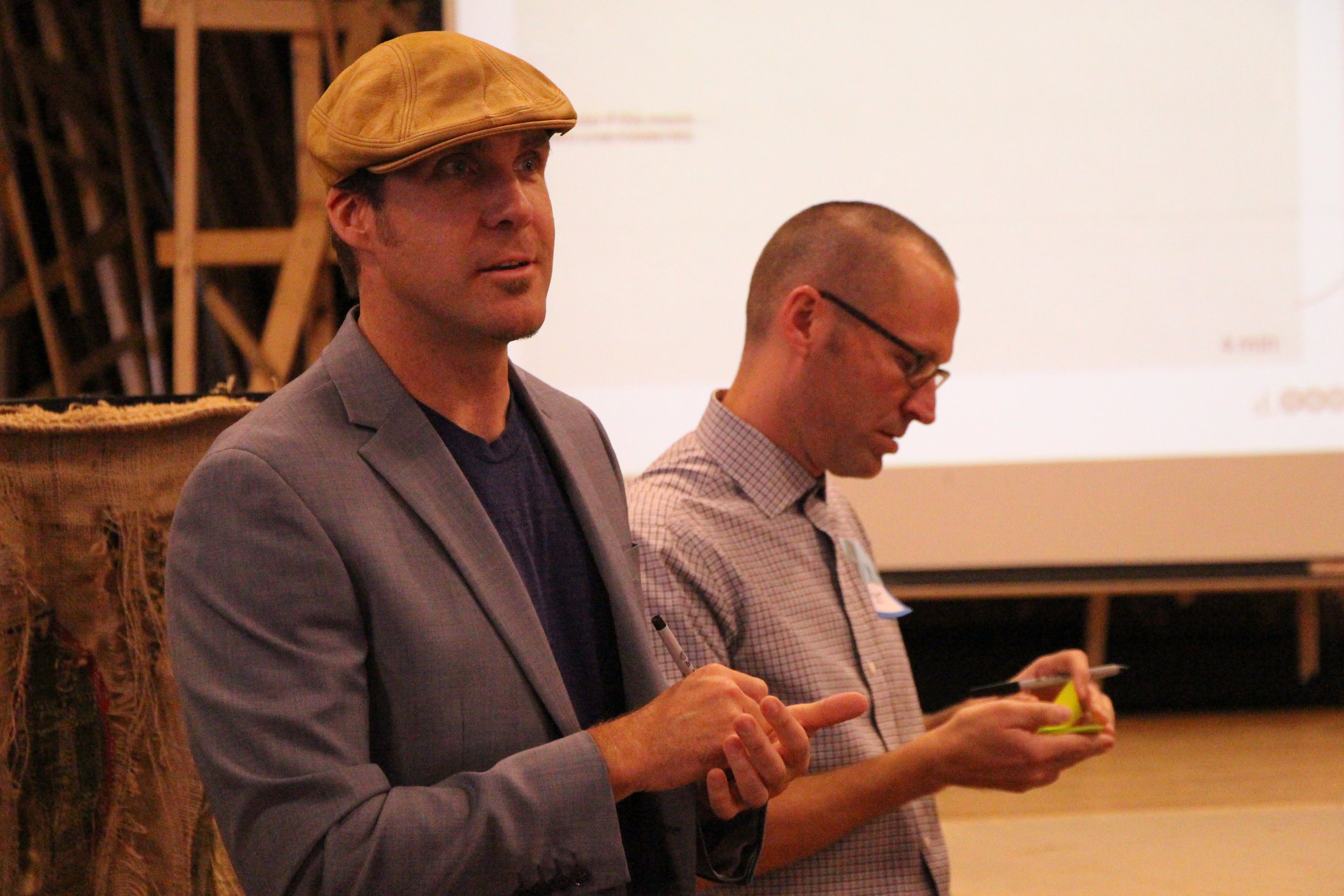
Rather than give the students a problem to solve, the Scott and Scott asked the students to pair up, preferably with someone that they did not know well, to discover something about their partner...a story about a time when he or she created something new or something old. Scott and Scott modeled the sort of interview they intended the students to have with each other.
After the interview rounds, the students were asked to reflect on their own on what they’d heard...to gain insights by thinking of what might be the deeper meaning behind what they’d heard. From these insights they were asked to create some brainstorming topics, to flip the insights into questions. Again, Scott Squared modeled the process.
With this individual exercise completed, the students were asked to rejoin their partner to review their reflections and their brainstorming questions. Their objective was to choose one brainstorm question for each of them.
At this point, the pairs joined another pair, and conducted brainstorming sessions, four rounds, one for each question. Ideas were written on sticky notes and gathered for the appropriate individual. Here, Scott and Scott grabbed a couple of adults who were observing to join them as they modeled the brainstorming process.
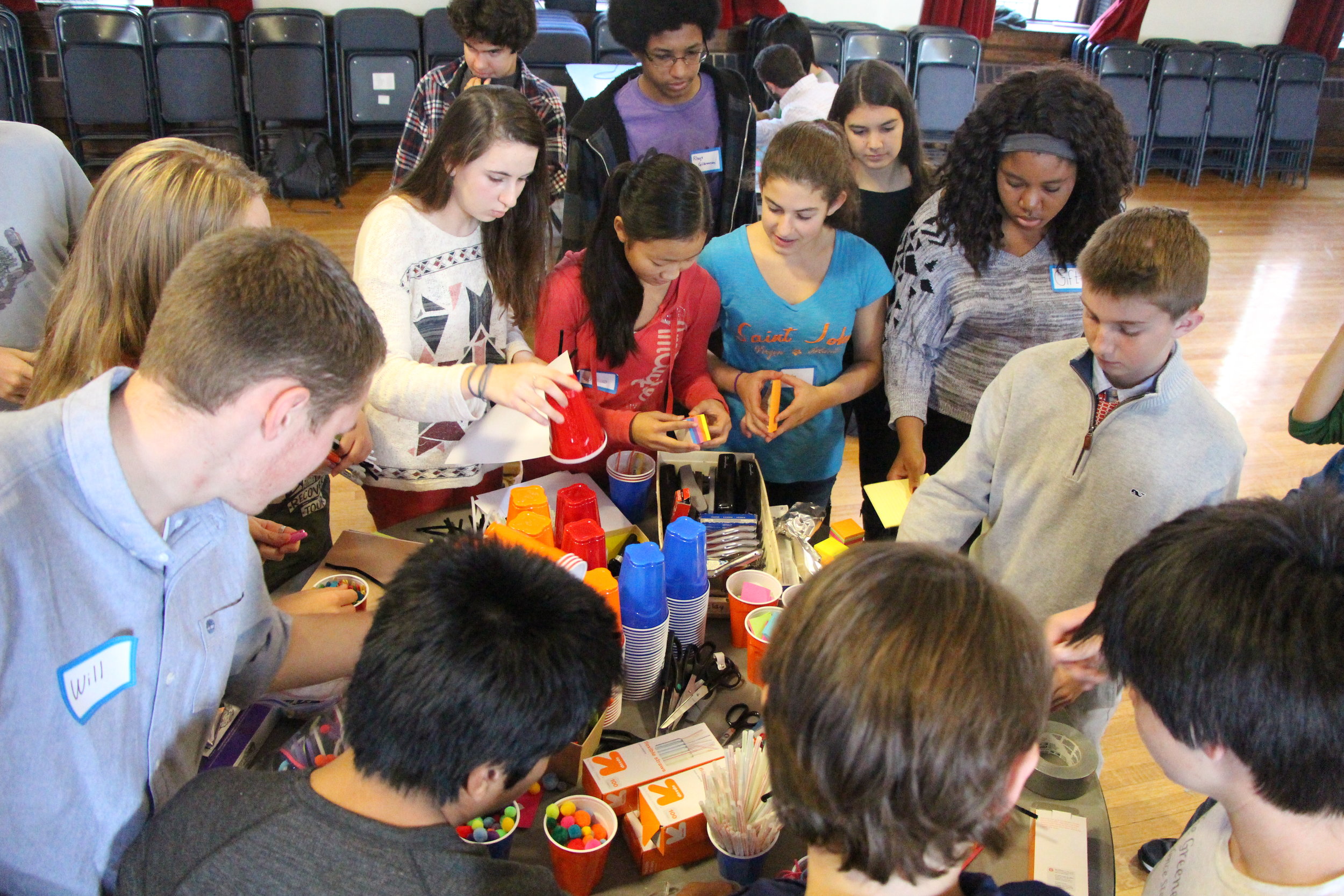
The students were then invited to the center of the room to a table on which the Scotts had laid out a collection of plastic cups, pipe cleaners, post-it notes, duct tape, freezer tape, magic markers, et. al. The students were asked to use any variety of the materials to develop their idea, from the brainstorming session, into a visual representation. The next 20 minutes were filled with fabulous construction projects.
Each individual then presented their “model” to their partner. Particular attention was given, not to the uniqueness or splendor of the creations, but rather to the idea behind it. The presenters were trying to discover what was working in their idea, what could be improved, what new questions appeared and what new ideas came up.
Finally, each individual presented a two minute summary of their discovery to the whole group.
One student had invented for his partner, (who he discovered had diabetes and was struggling with monitoring himself in the busy school day), a new portable pouch that could be easily attached to his waste and would therefore always be with him, both as a reminder and for use.
This design thinking process is readily adaptable to many different contexts. For more information you can visit the DSchool website. You will find many resources there, including a free 90 minute “crash course.” I highly recommend it.
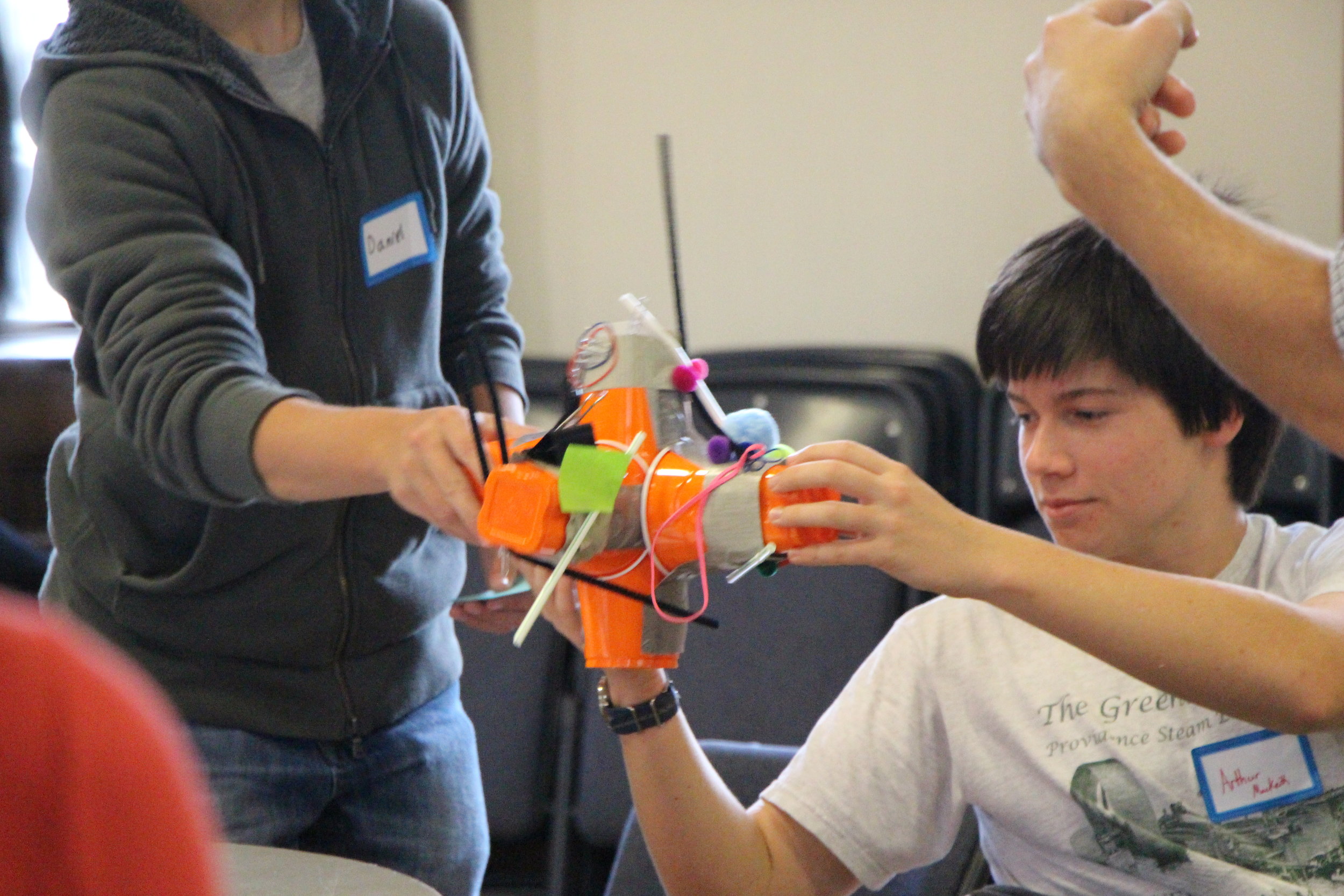
 This holiday, we were lucky to spend a whole ten plus days with our family including, of course, Asher, our grandson. One of my favorite memories is a walk through the snow and sparkle trees one morning with Asher and his mother and our daughter-in-law, Caroline. We were in the midst of the fluffiest, lightest snow that poofs when you blow it, and it was piled on top of branches that were also covered with a quarter of an inch of ice. It was a blue sky, full sun day. Everything and everywhere was light.
This holiday, we were lucky to spend a whole ten plus days with our family including, of course, Asher, our grandson. One of my favorite memories is a walk through the snow and sparkle trees one morning with Asher and his mother and our daughter-in-law, Caroline. We were in the midst of the fluffiest, lightest snow that poofs when you blow it, and it was piled on top of branches that were also covered with a quarter of an inch of ice. It was a blue sky, full sun day. Everything and everywhere was light.
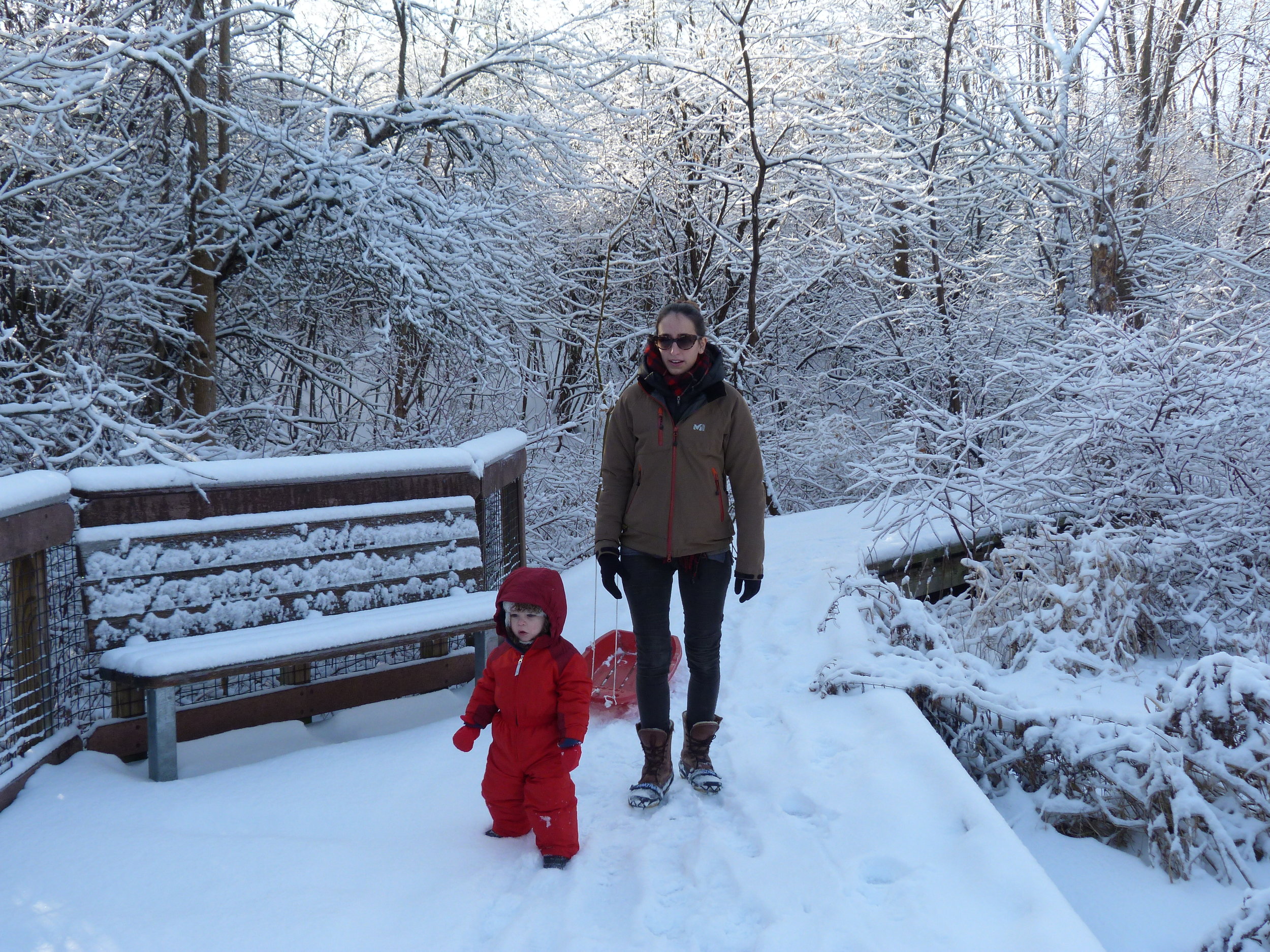
 I will remember the morning like an image in a snow globe that you turn upside down and watch as the snow inside the glass falls and swirls around a scene of children, and houses and evergreens. This day takes its place with my many snowy memories. This is a day that will always come to mind when I walk the path to the river, when poofy snow lands on my shoulders and hat, when I hear a toddler exclaim at the beauty of the moment. Fresh eyes, present moment, outside, winter, memories. Welcome to the winter of 2014.
I will remember the morning like an image in a snow globe that you turn upside down and watch as the snow inside the glass falls and swirls around a scene of children, and houses and evergreens. This day takes its place with my many snowy memories. This is a day that will always come to mind when I walk the path to the river, when poofy snow lands on my shoulders and hat, when I hear a toddler exclaim at the beauty of the moment. Fresh eyes, present moment, outside, winter, memories. Welcome to the winter of 2014.

